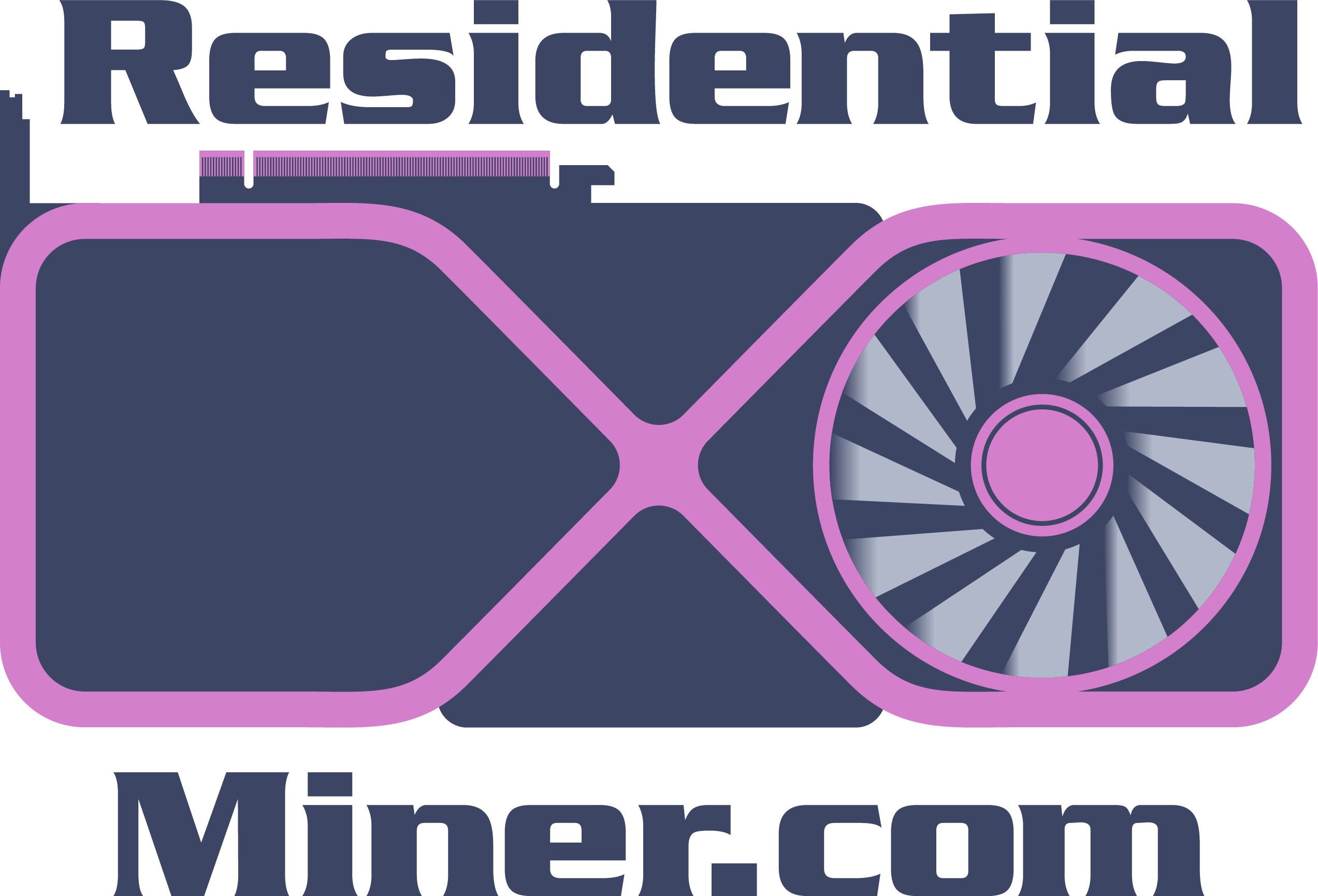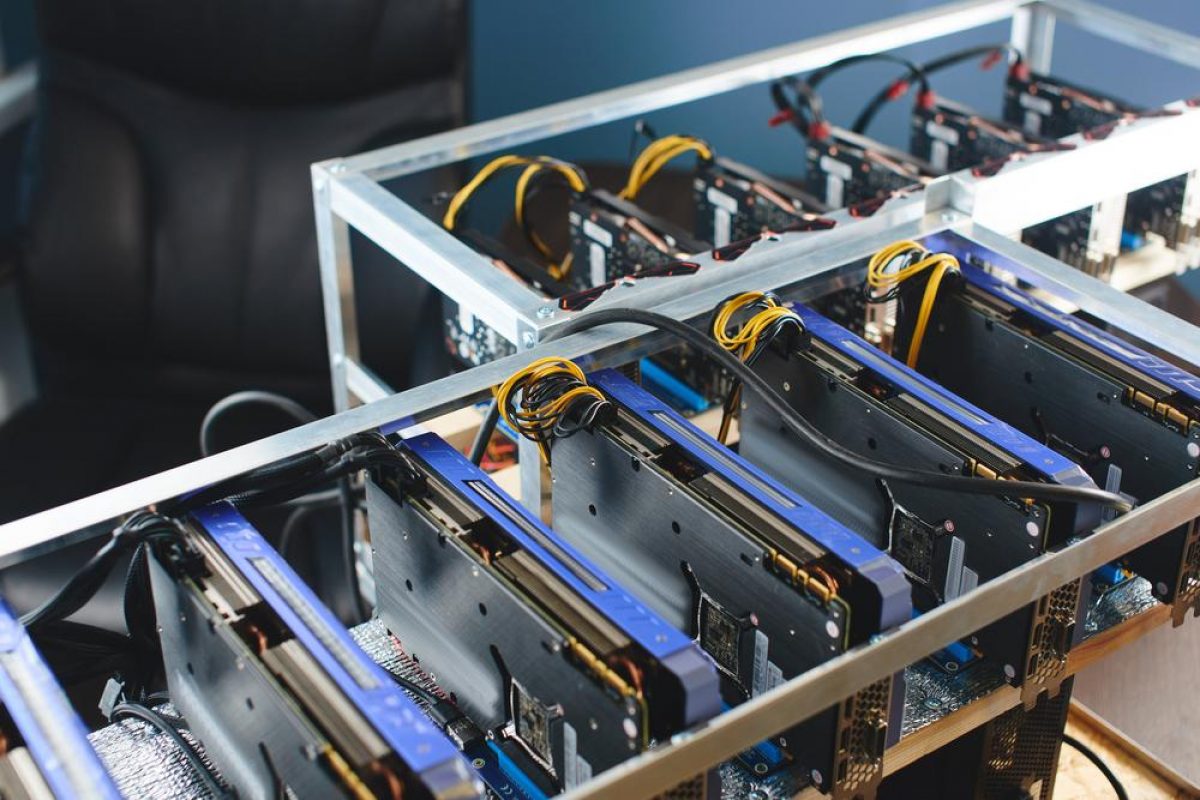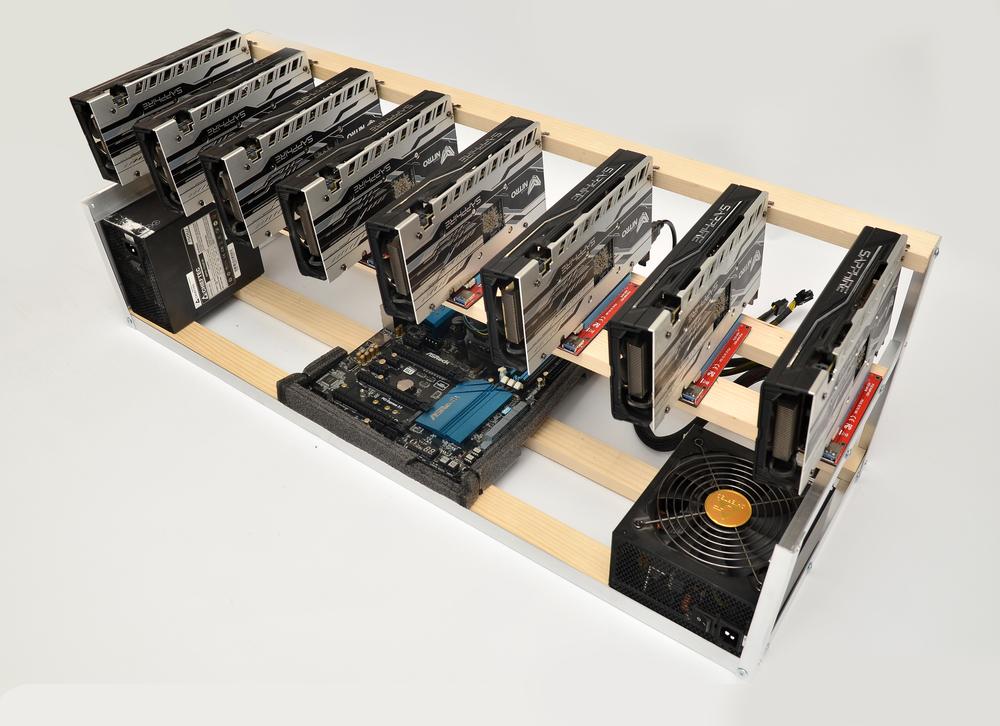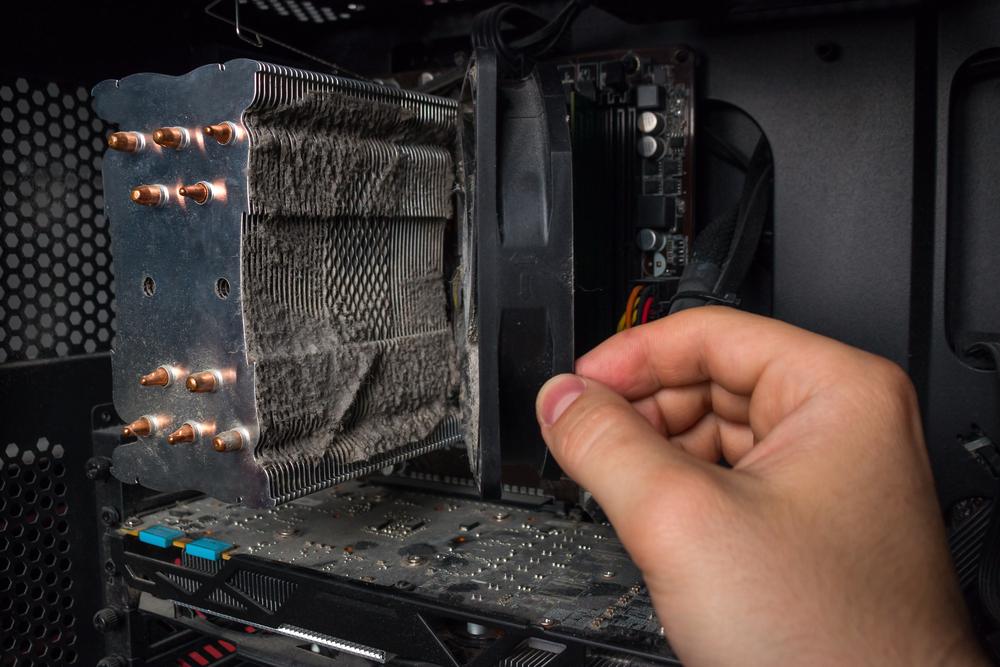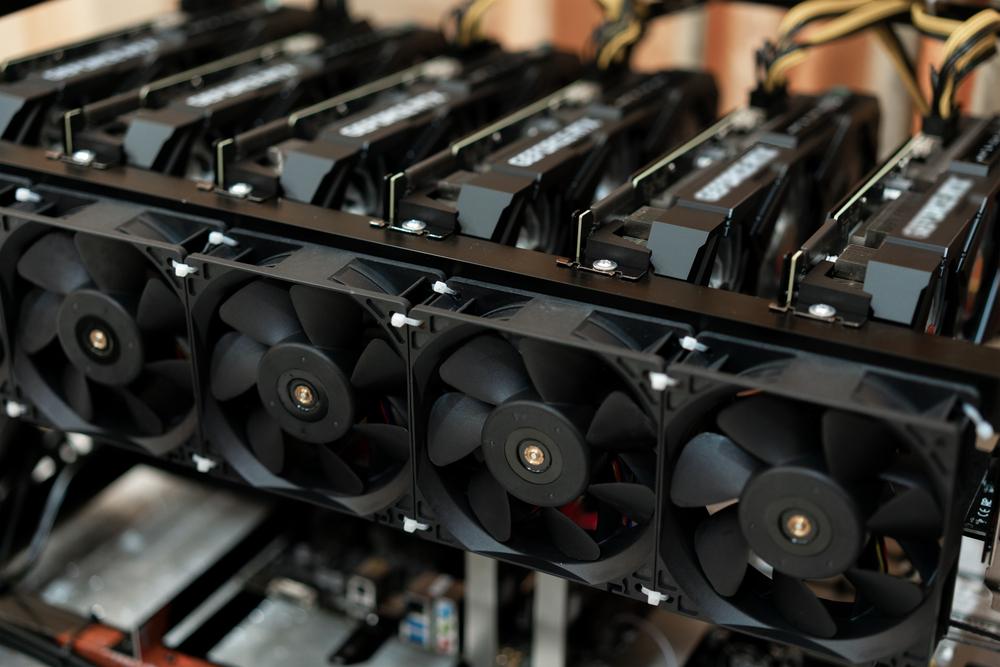The world of cryptocurrency mining can be a thrilling prospect for newcomers. The idea of generating your own digital currency and potentially earning significant rewards is undeniably exciting. However, for new residential miners, navigating this space can be tricky. Profitability can fluctuate rapidly, and technical jargon can be overwhelming. To help you embark on your mining journey successfully, we’ll explore the top 10 mistakes new miners make and equip you with the knowledge to avoid them.
Key Takeaways
By avoiding the top 10 mistakes outlined in this guide, you’ll be well on your way to becoming a successful residential cryptocurrency miner. Here’s a quick recap:
- Set Realistic Expectations: Factor in electricity costs and market fluctuations.
- Stay Up-to-Date: Use current profitability calculators, not outdated guides.
- Choose Compatible Coins: Match your GPU’s strengths with the coin’s algorithm.
- Prioritize Cooling: Ensure proper ventilation and monitor GPU temperatures.
- Research Your Coin: Understand the project and technology behind the cryptocurrency.
- Optimize Software: Utilize mining pools, wallets, and undervolting for efficiency.
- Security Matters: Use strong passwords, secure connections, and update software.
- Join the Community: Online forums offer support, troubleshooting, and information.
- Manage Risk Wisely: Set a budget and invest responsibly.
- Don’t Go it Alone: Connect with other miners for support and knowledge sharing.
Mistake #1: Mismatched Expectations
Many new miners enter the game expecting instant riches based on theoretical hash rates (mining speed) they see online. However, the reality is quite different. There’s a crucial distinction between theoretical and real-world mining profitability.
Here’s what you need to consider:
- Electricity Costs: Mining consumes power, and electricity costs significantly impact your profits. Factor in your location’s electricity rates and calculate how much you’ll spend to run your mining rig.
- Maintenance Overhead: Like any machine, GPUs require occasional maintenance like cleaning dust buildup. Budget for potential maintenance costs.
- Market Fluctuations: The value of cryptocurrencies can fluctuate wildly. What might be profitable today could be a money-loser tomorrow.
Actionable Tip:
Don’t rely solely on theoretical hash rates. Utilize online profitability calculators like whattomine or nicehash profitability calculator. These tools consider your location’s electricity rates and current coin values to provide a more realistic picture of potential profitability.
By setting realistic expectations and factoring in all the costs, you’ll be well on your way to making informed mining decisions. Stay tuned for the next mistake and how to avoid it!
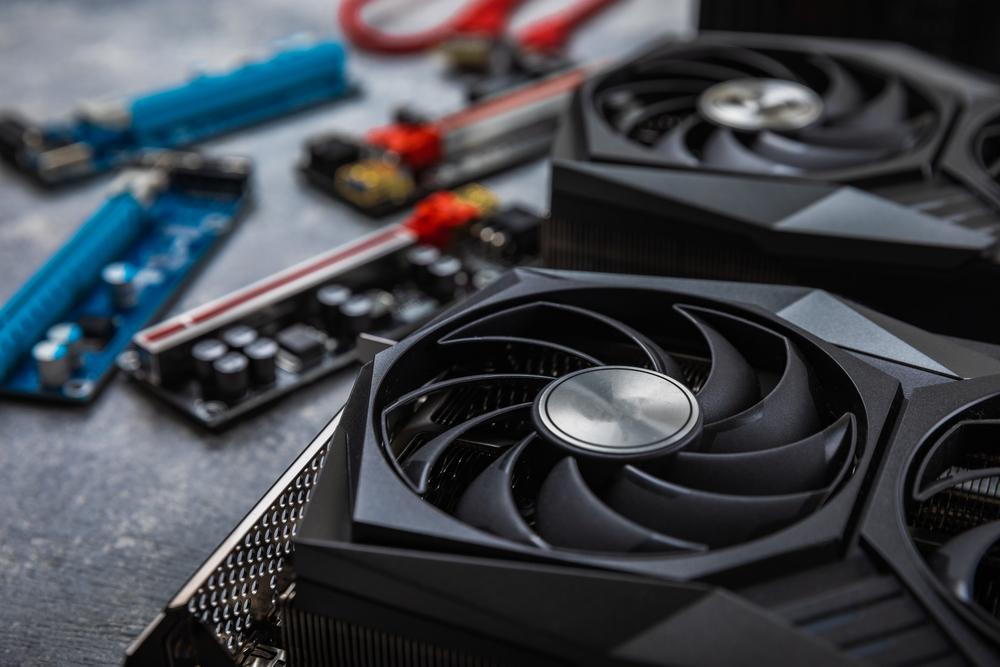
Mistake #2: Focusing on Outdated Information
Mistake #2: Focusing on Outdated Information
The world of cryptocurrency mining is constantly evolving. New algorithms emerge, and coin profitability can shift dramatically in a short period. Relying solely on outdated guides or information specific to a single coin, like Ethereum, can lead you down a path of disappointment.
Here’s why you need to stay up-to-date:
- Rapid Algorithm Evolution: New mining algorithms are constantly being developed, and some existing coins may even switch algorithms to improve efficiency or security. This can render older guides on specific algorithms obsolete.
- Profitability Shifts: What might have been a highly profitable coin to mine last year could be a money-loser today due to market fluctuations and increased mining difficulty.
Actionable Tip:
Ditch the outdated guides! Utilize trustworthy resources like WhatToMine: that offer up-to-date profitability calculations across various coins and algorithms. These platforms consider current market conditions and your hardware to provide the most relevant information for making informed mining decisions.
Mistake #3: Ignoring Algorithm Compatibility
Not all mining algorithms are created equal. Each cryptocurrency uses a specific algorithm to validate transactions and generate new coins. Here’s where compatibility comes in:
- Algorithm Types: Popular mining algorithms include Ethash (used for Ethereum Classic), Equihash (used for Zcash), and Scrypt (used for Litecoin). Different algorithms require GPUs with specific strengths to function efficiently.
- Mining Beyond Ethereum: Explore other mineable coins like Ravencoin (KawPow algorithm) or Ergo (Autolykos algorithm) that might offer better profitability for your hardware.
Actionable Tip:
Here’s a table to get you started:
Comparison Table Title: Top Mineable Coins Beyond Ethereum (For Residential Crypto Miners)
| Coin | Algorithm | Recommended GPU Type |
|---|---|---|
| Ravencoin (RVN) | KawPow | Mid-range GPUs with high memory (e.g., RTX 3060, RX 6600 XT) |
| Ergo (ERG) | Autolykos | GPUs with large caches and good bandwidth (e.g., RTX 3080, RX 6800) |
| Flux (FLUX) | ZelHash | General purpose GPUs (e.g., RTX 3070, RX 6700 XT) |
| Clore.ai (CLORE) | KawPow | General purpose GPUs (e.g., RTX 2060, RX 5700 XT) |
Please note: This table is not exhaustive, and profitability can change.
Remember, this is not an exhaustive list, and profitability can change. Use the resources mentioned above to stay updated on the most profitable coins for your specific hardware.
By understanding how algorithms work and their compatibility with your GPU, you can choose coins that will maximize your mining efficiency and potential profits.
Mistake #4: Underestimating Cooling Needs
A cool head is key for a happy GPU, especially when it’s working hard during mining. Proper cooling directly impacts your mining performance and the lifespan of your hardware.
Here’s why keeping things cool matters:
- Performance Throttling: When GPUs overheat, they automatically throttle down their performance to avoid damage. This significantly reduces your mining efficiency and profitability.
- Reduced Lifespan: Excessive heat can degrade your GPU’s components over time, leading to premature failure.
Actionable Tip:
Ensure your mining rig has adequate airflow. Here are some tips:
- Open Airflow Case: Choose a mining case designed for optimal airflow with plenty of fans.
- Proper Fan Placement: Install intake fans in the front of your case to draw in cool air, and exhaust fans in the back and top to expel hot air.
- Monitor Temperatures: Use software like MSI Afterburner (https://www.msi.com/Landing/afterburner) to monitor your GPU temperatures. Aim for temperatures below 80°C (176°F) for optimal performance and longevity.
- Consider Additional Cooling: If necessary, invest in additional case fans or even a dedicated GPU cooler for improved heat dissipation.
By prioritizing proper cooling, you’ll ensure your GPUs perform optimally and last longer, maximizing your mining returns.
Mistake #5: Neglecting Research on the Chosen Coin
Mining a specific cryptocurrency isn’t just about pressing a button. Understanding the project and technology behind the coin you’re mining is crucial for informed decision-making.
Here’s why research matters:
- Project Potential: Is the coin backed by a strong team with a promising roadmap? Does the underlying technology have a real-world use case?
- Market Cap and Supply: A coin’s market cap and total supply can influence its long-term price potential. Mining a coin with a constantly inflating supply might not be the best strategy.
- Risk Assessment: Every cryptocurrency carries inherent risks. Research potential security vulnerabilities, exchange listing status, and community sentiment.
Actionable Tip:
Don’t just jump on the bandwagon! Conduct thorough research on the coin you plan to mine. Here are some helpful resources:
- CoinMarketCap: https://coinmarketcap.com/ – Provides market data, project information, and community discussions.
- CoinGecko: https://www.coingecko.com/ – Offers in-depth analysis, developer insights, and historical price data.
- Whitepapers: Most cryptocurrency projects have whitepapers outlining their technology and goals.
By understanding the coin you’re mining, you can make informed decisions about its long-term value proposition and potential profitability within your mining strategy.
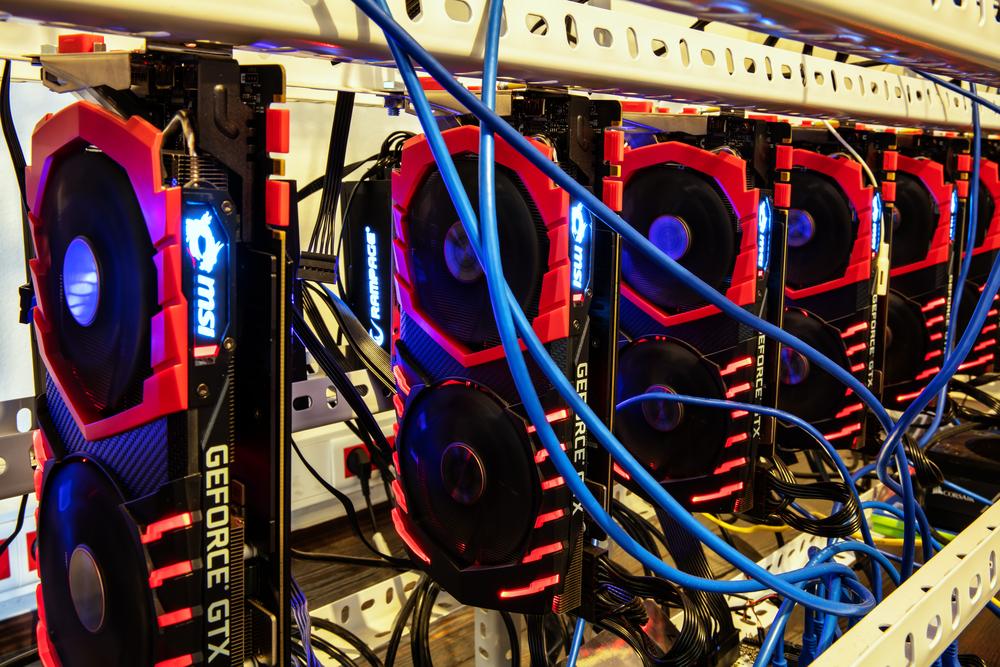
Mistake #6: Overlooking Software and Configuration
Mistake #6: Overlooking Software and Configuration
Mining software and proper configuration are essential for maximizing your mining efficiency. Here’s a breakdown of some key elements:
-
Mining Pools: Solo mining for residential miners is often impractical due to the low probability of finding a block reward. Joining a mining pool combines your hashing power with others to increase your chances of earning rewards proportionally to your contribution. Popular mining pools include Poolin: [invalid URL removed], F2Pool: [invalid URL removed], and Hiveon Pool: [invalid URL removed].
-
Wallet Management: You’ll need a secure wallet to store the cryptocurrency you mine. Choose a reputable wallet based on your needs:
- Hardware Wallets: Offer the most secure storage option, ideal for long-term holdings (e.g., Ledger Nano S, Trezor Model One).
- Software Wallets: More convenient for everyday transactions, but can be less secure than hardware wallets (e.g., Exodus, Electrum).
Overclocking vs. Undervolting:
-
Overclocking: Pushing your GPU beyond its stock settings to increase performance. This can be risky for residential miners as it can lead to instability, increased heat generation, and potentially shorten the lifespan of your GPU.
-
Undervolting: Reducing the voltage supplied to your GPU for the same level of performance. This can help lower power consumption and heat generation, potentially improving efficiency and reducing stress on your hardware. Undervolting is generally considered a safer option for residential miners.
Actionable Tip:
Explore user-friendly mining software like Nicehash or CudoMiner.
Other Options: SimpleMining: [https://simplemining.net/] or EasyMiner: [https://www.easyminer.net/] that offer easy setup, pool integration, and often include undervolting options. For safe undervolting, resources like Igor’s Lab: [https://www.igorslab.de/en/tag/undervolting-en/] provide detailed guides for various GPUs.
By utilizing the right software and configuration practices, you can optimize your mining setup for better performance and potentially higher profits while prioritizing the safety of your hardware.
Mistake #7: Ignoring Security Considerations
The world of cryptocurrency can be a target for hackers, so security is paramount. Here’s what you need to remember:
- Strong Passwords: Use strong, unique passwords for your mining software, wallet, and any online cryptocurrency exchange accounts.
- Secure Connections: Avoid mining on public Wi-Fi networks and ensure you’re using secure connections (HTTPS) when accessing any cryptocurrency platforms.
- Software Updates: Keep your mining software and wallet applications updated with the latest security patches to address potential vulnerabilities.
Mining Pool Security:
- Reputable Platforms: Only join established and reputable mining pools with a proven track record of security. Research the pool’s fees, payout structure, and any security measures they have in place.
Actionable Tip:
Here are some resources on online security best practices for cryptocurrency mining:
- Coinbase Security Tips: provides a good starting point for general cryptocurrency security practices.
- Crypto Miner Bros: The Ultimate Guide to Crypto Mining Laws & Regulations
By prioritizing security, you can protect yourself from potential scams, hacks, and loss of your hard-earned cryptocurrency.
Mistake #8: Going it Alone
The world of cryptocurrency mining doesn’t have to be a solitary journey. There’s a wealth of knowledge and support available online within mining communities.
Here’s why connecting with others can benefit you:
- Support and Troubleshooting: Encountering issues with your mining setup? Online forums are a treasure trove of information and troubleshooting tips from experienced miners.
- Information Sharing: Stay updated on the latest mining trends, profitable coins, and software developments by engaging with other miners.
- Community and Camaraderie: Connect with like-minded individuals who share your passion for cryptocurrency mining.
Actionable Tip:
Don’t hesitate to join online mining communities! Here are some reputable forums to get you started:
- Reddit’s r/gpumining subreddit: A large and active community with discussions on all aspects of GPU mining.
- Bitcointalk Mining Forum: A veteran forum with extensive discussions on various mining topics.
By engaging with these communities, you’ll gain valuable insights, troubleshoot challenges, and connect with a supportive network of fellow miners.
Conclusion: Mine Responsibly, Reap the Rewards
The world of cryptocurrency mining can be an exciting and potentially rewarding endeavor. By avoiding the pitfalls we’ve outlined in this guide, you’ll be well on your way to becoming a successful residential miner.
Here’s a quick recap of the top 10 mistakes to keep in mind:
- Mismatched Expectations: Be realistic about profitability and factor in costs.
- Focusing on Outdated Information: Utilize up-to-date resources for profitability calculations.
- Ignoring Algorithm Compatibility: Choose coins with algorithms compatible with your GPU.
- Underestimating Cooling Needs: Ensure proper ventilation and monitor GPU temperatures.
- Neglecting Research on the Chosen Coin: Understand the project and technology behind the coin.
- Overlooking Software and Configuration: Utilize mining pools, wallets, and undervolting for efficiency.
- Ignoring Security Considerations: Prioritize strong passwords, secure connections, and software updates.
- Going it Alone: Join online mining communities for support and information sharing.
- Lack of Risk Management: Set a budget and invest responsibly, understanding the market’s volatility.
With responsible planning, a dash of technical know-how, and the valuable resources provided throughout this article, you can embark on your mining journey with confidence.
Ready to take the next step?
Check out our informative GPU mining articles to help you on your mining adventure:
- Choosing the Right GPU for Mining: A Comprehensive Guide
- Building a Mining Rig on a Budget
- Essential Software Tools for Every Miner
Remember, happy mining!
Bonus Section: Advanced Considerations for Aspiring Miners
While this guide equips you with the essentials for getting started, the world of cryptocurrency mining offers various avenues for exploration. Here are some additional considerations for miners who want to delve deeper:
1. Alternative Mining Hardware:
- ASIC Miners: Application-Specific Integrated Circuits (ASICs) are specialized hardware designed for a single mining algorithm. While generally more efficient than GPUs for specific algorithms, they can be expensive and less versatile.
2. Mining Pools vs. Solo Mining:
- Solo Mining: For the truly adventurous, solo mining allows you to keep all the rewards for a discovered block. However, the chances of success for residential miners are incredibly low.
5. Staying Updated:
- Cryptocurrency News and Events: Stay informed about the latest developments in the crypto space by following reputable news outlets and attending industry events (virtually or in-person).
Remember: This bonus section introduces advanced concepts. Always conduct your own research before venturing into these areas to ensure you understand the associated risks and potential rewards.
